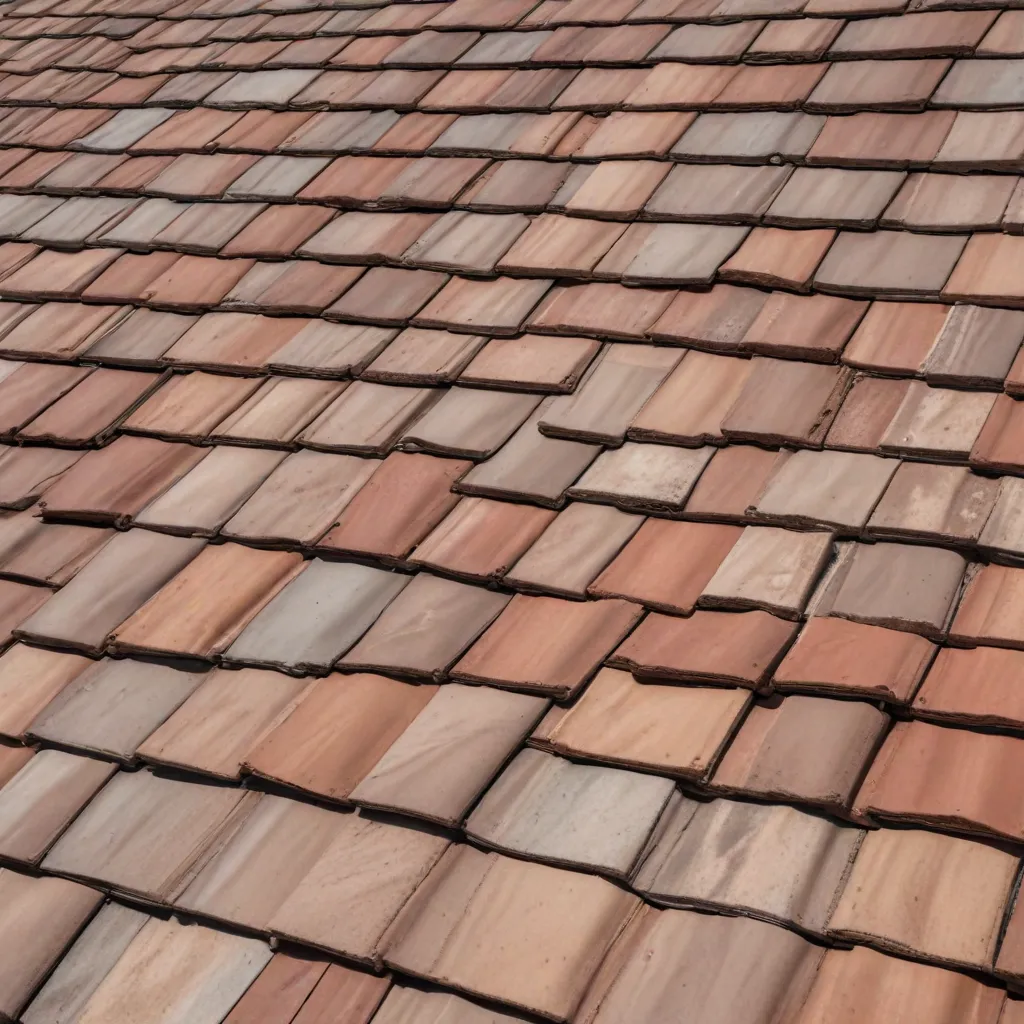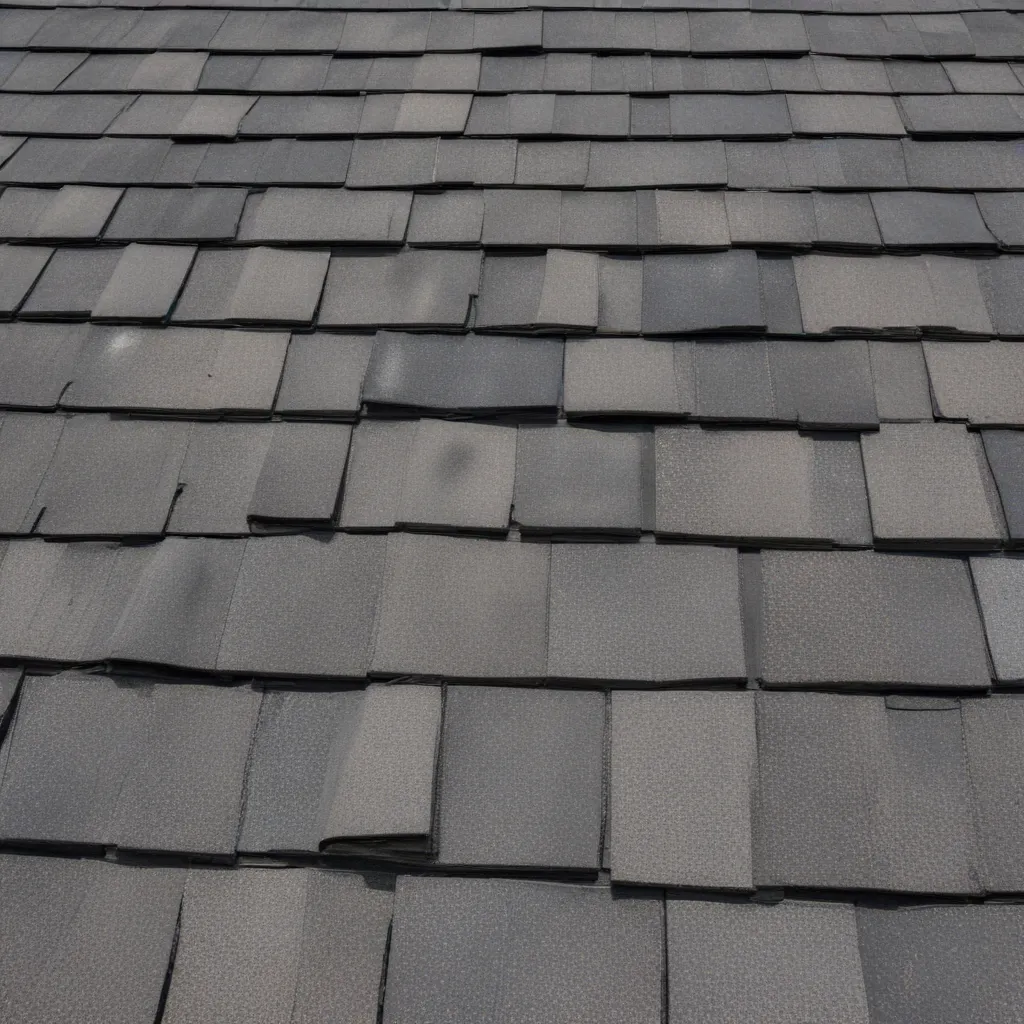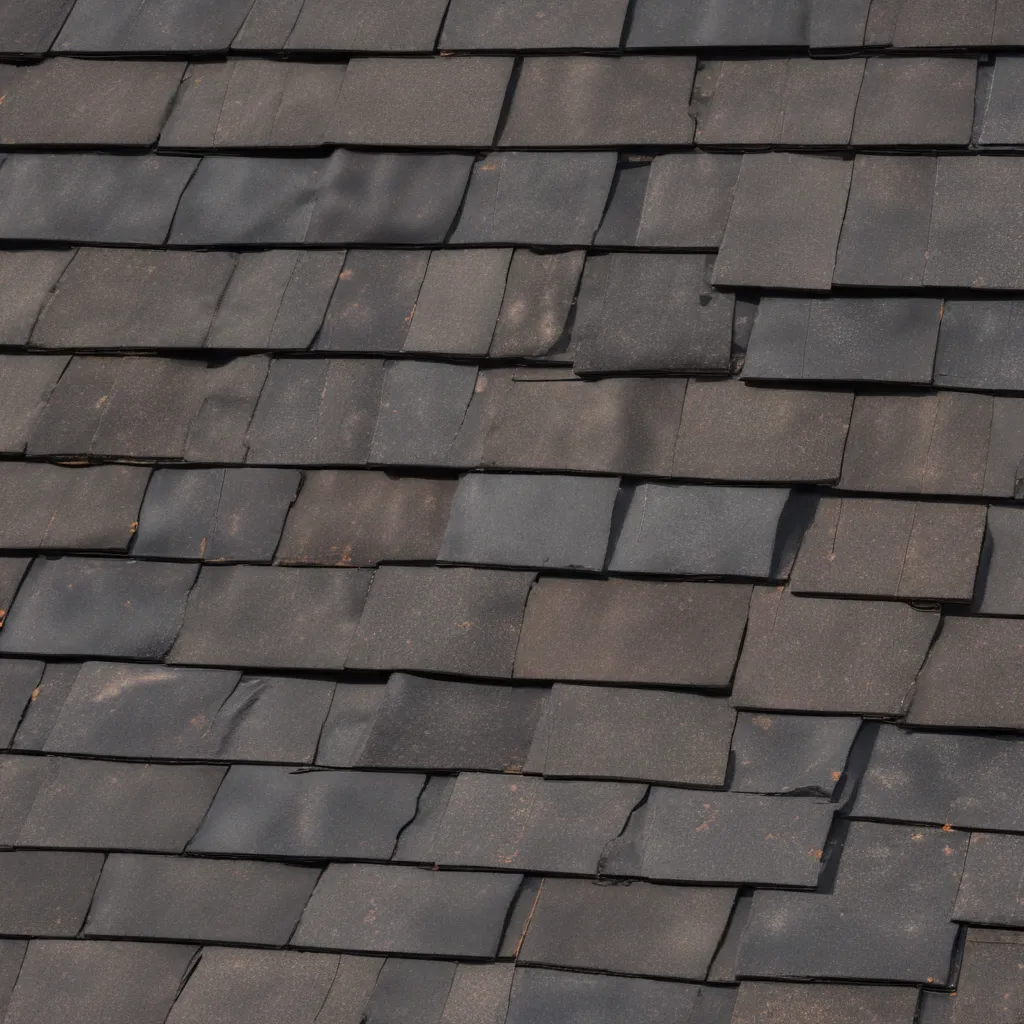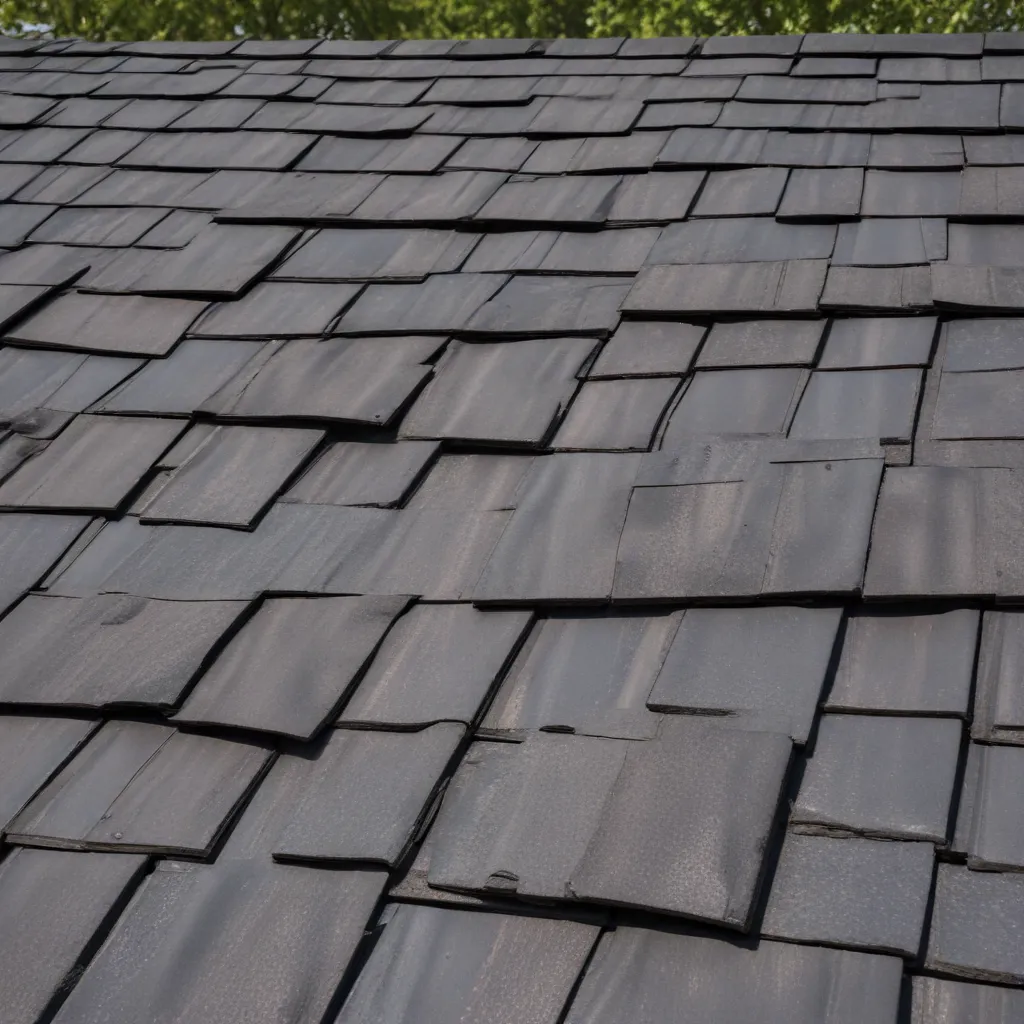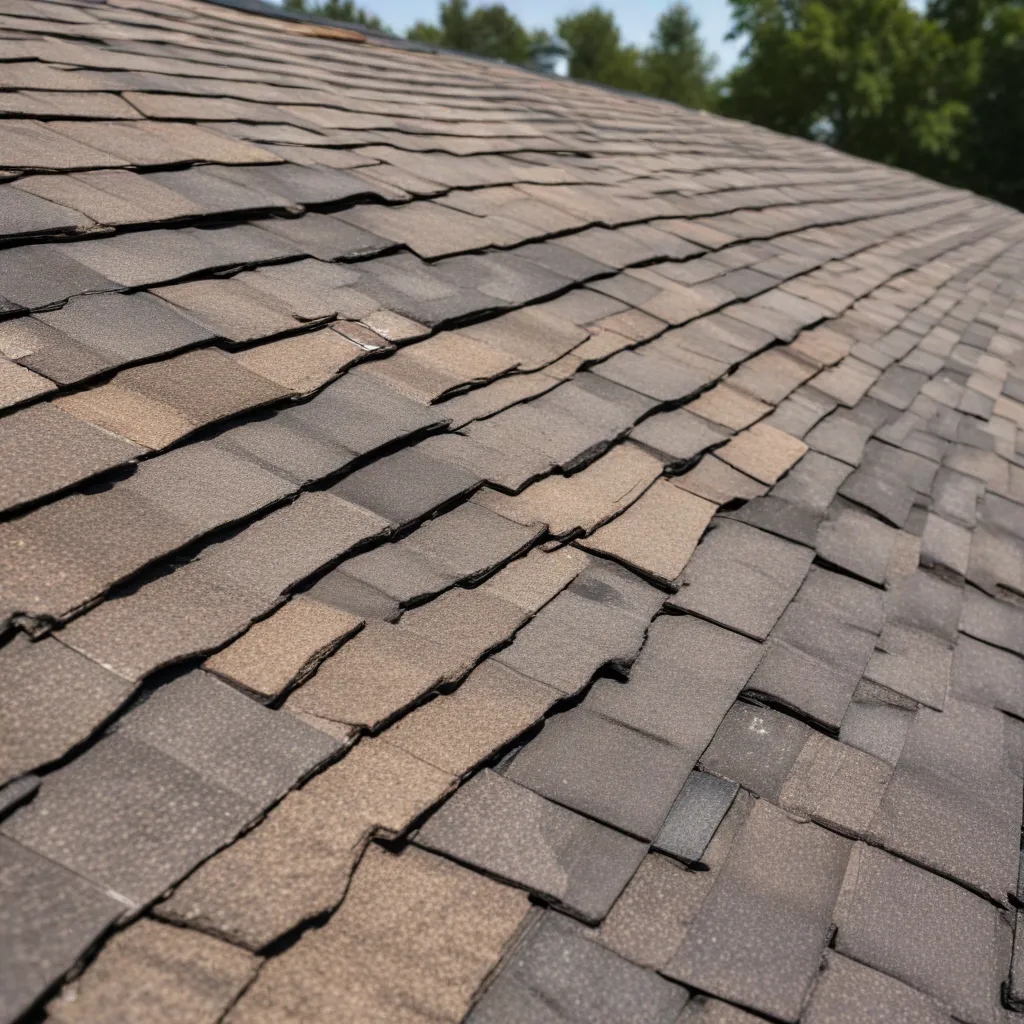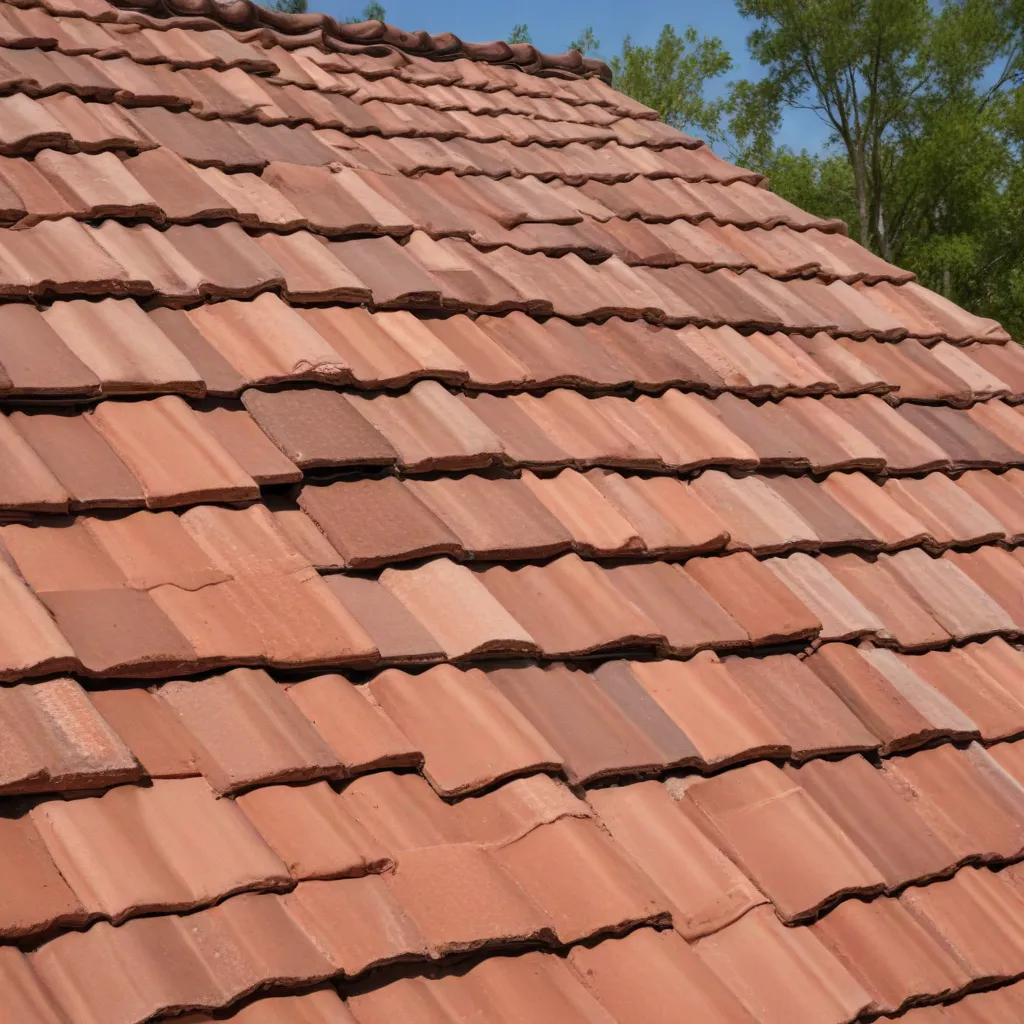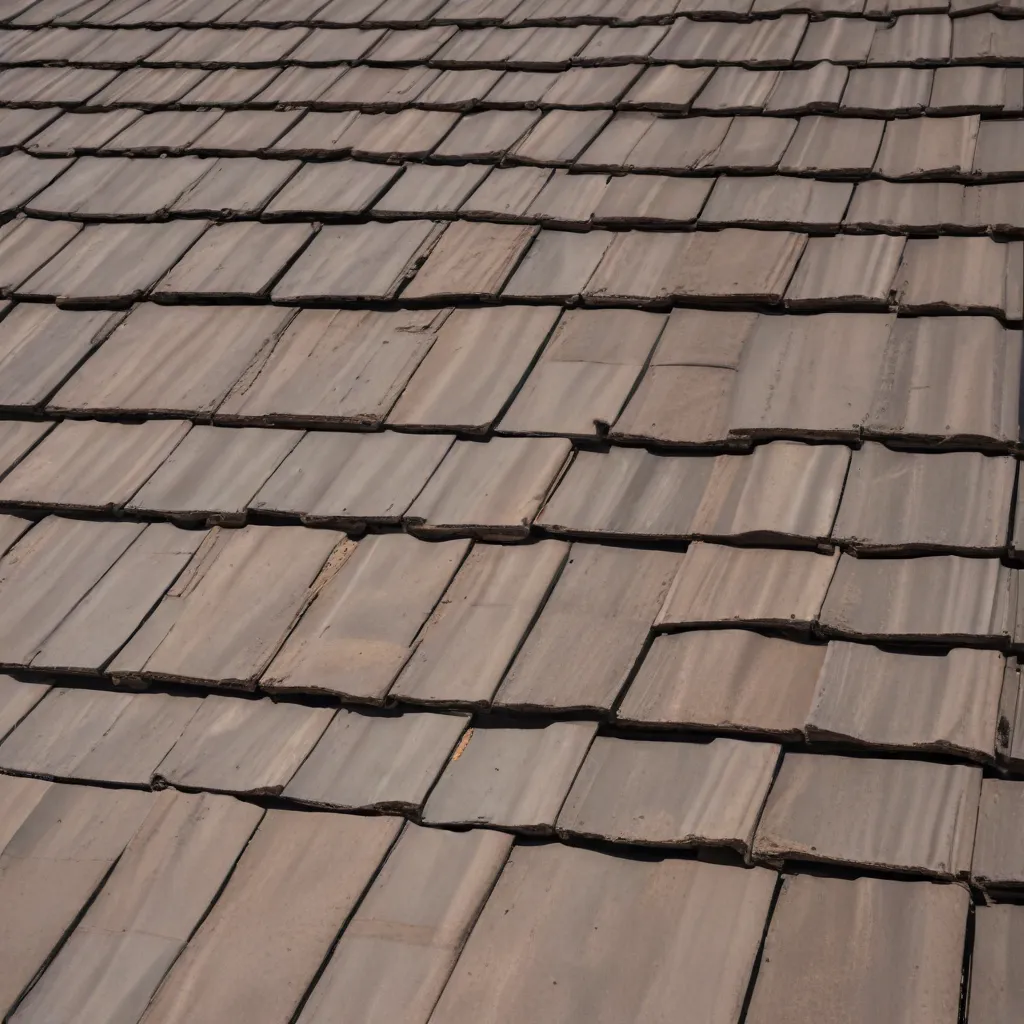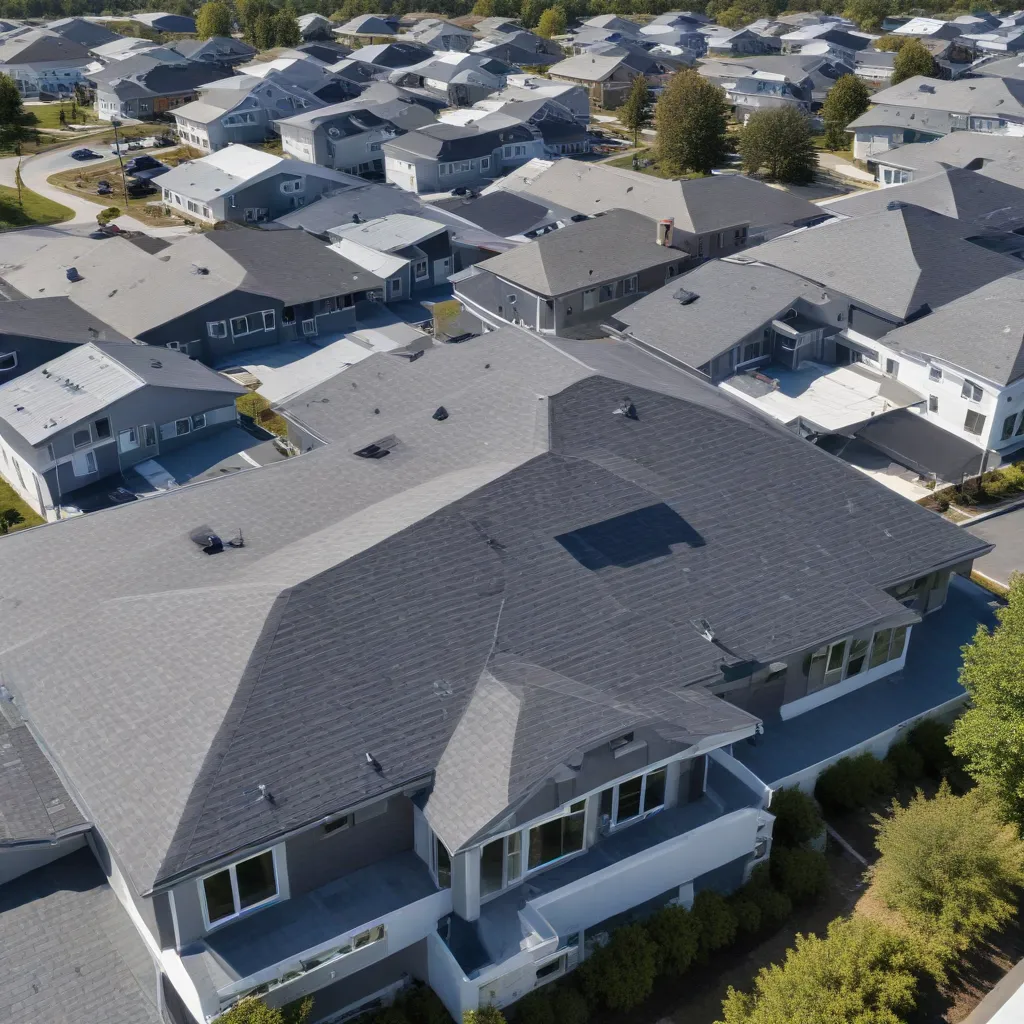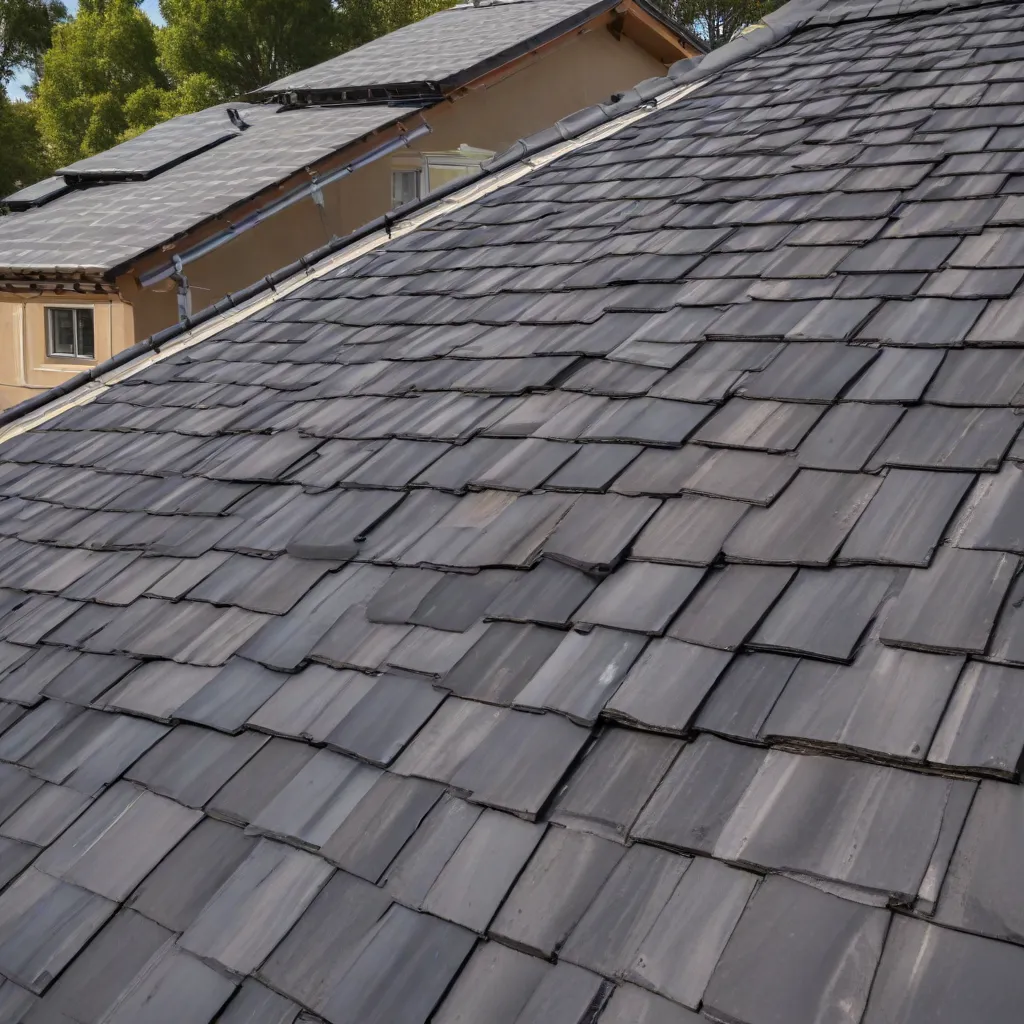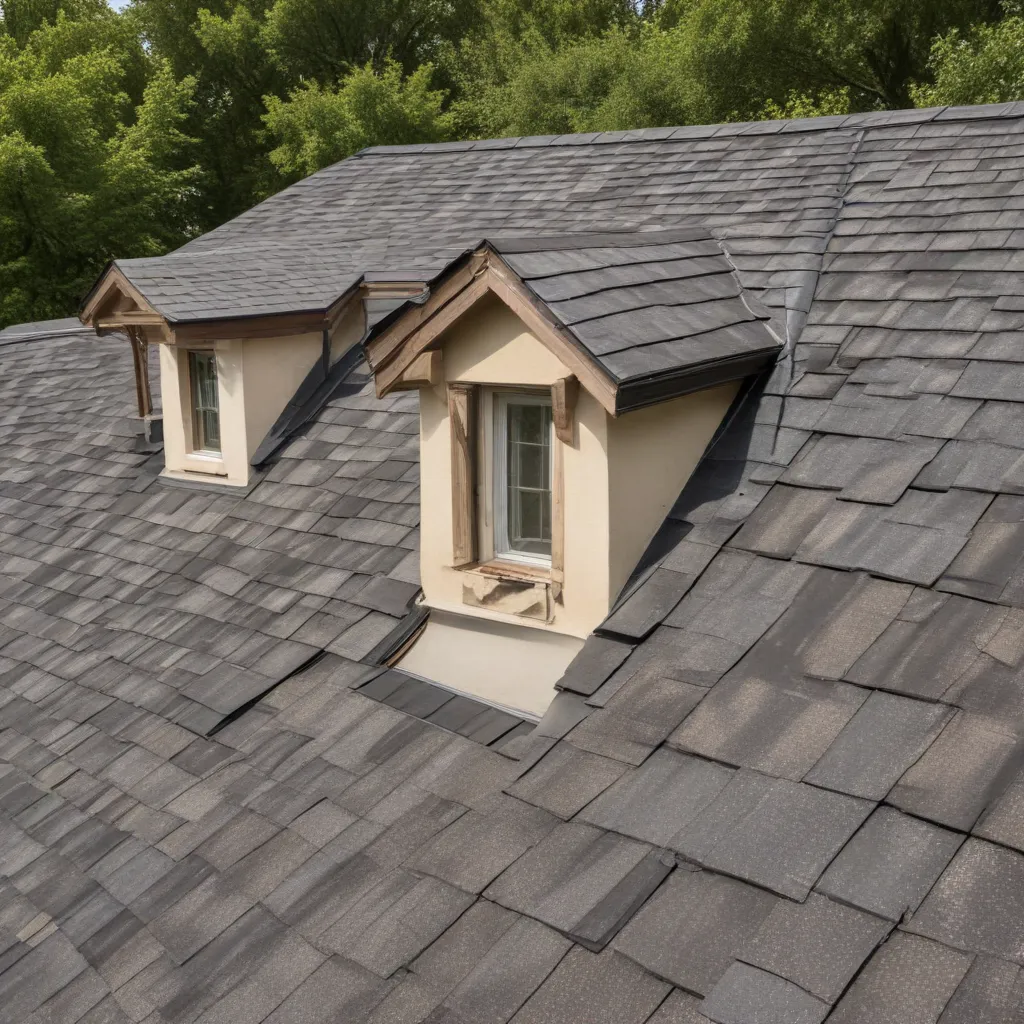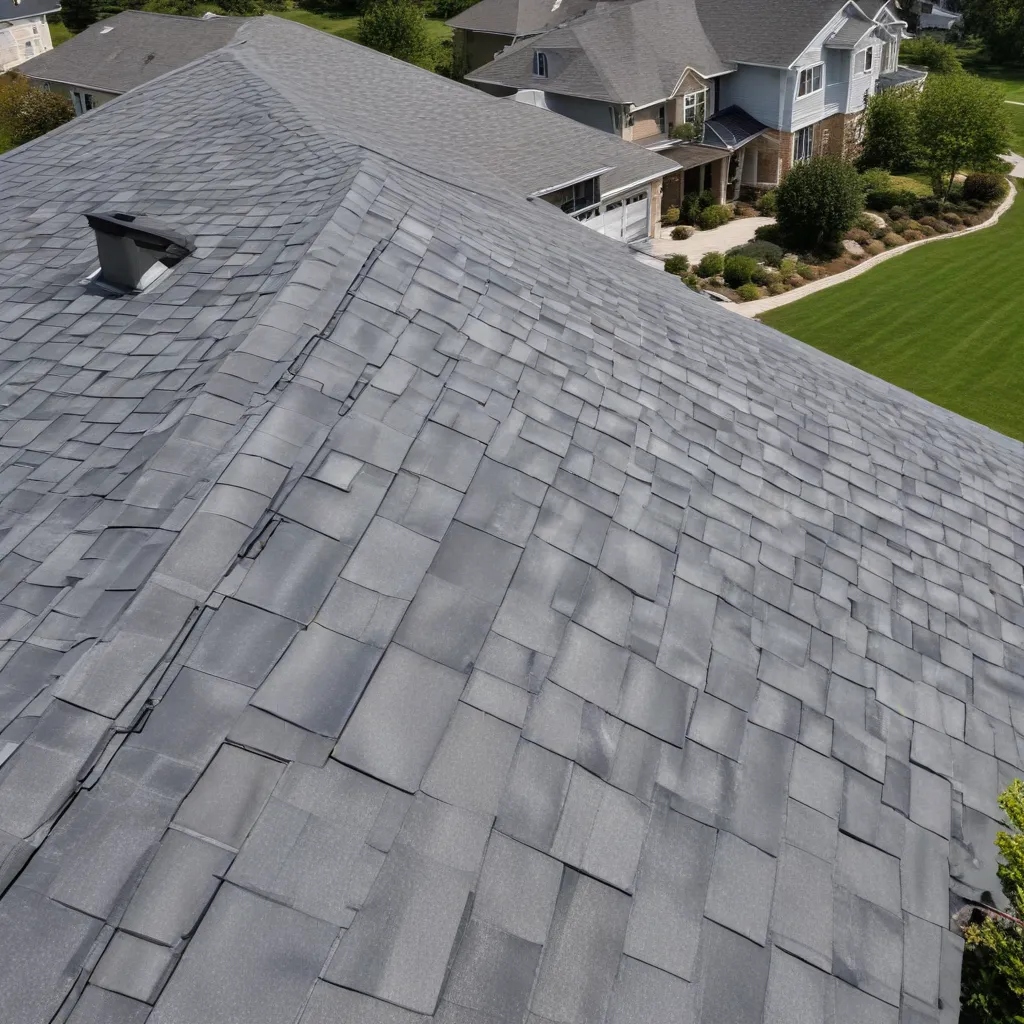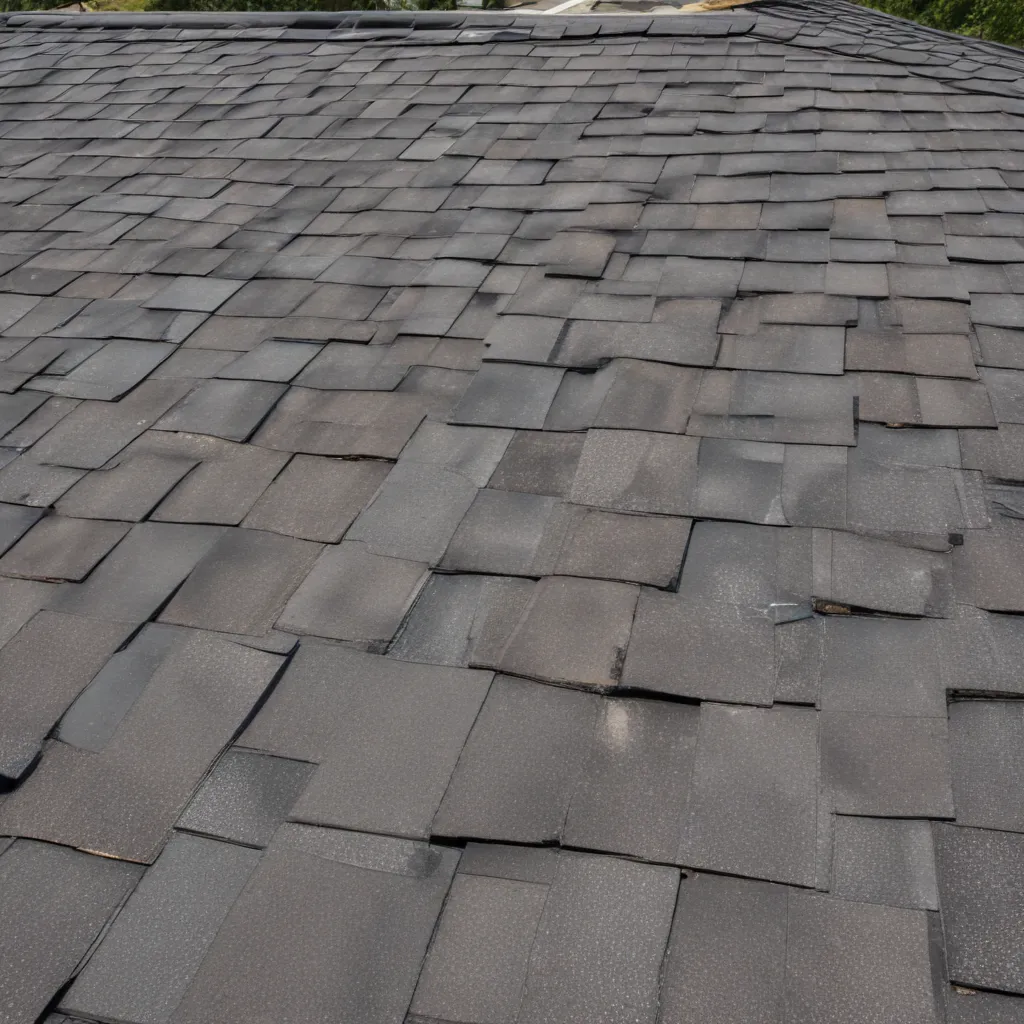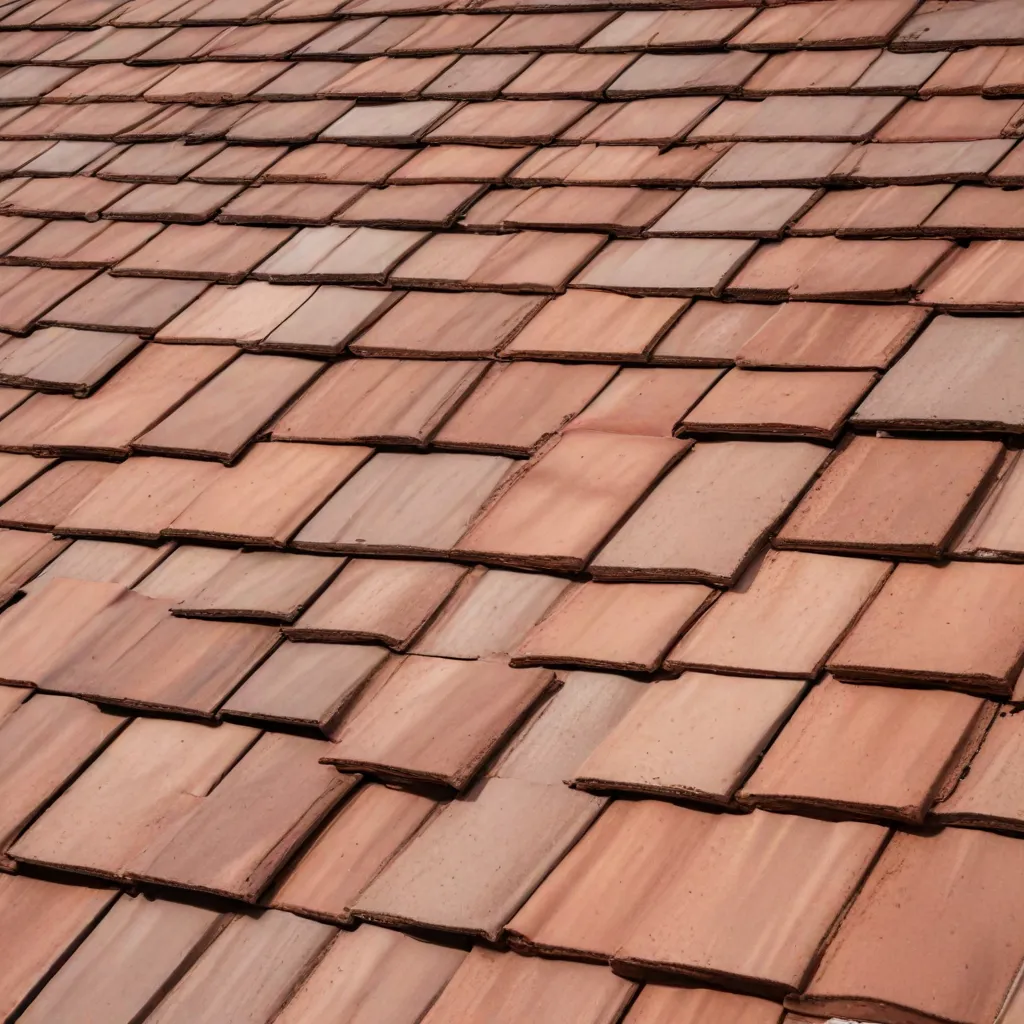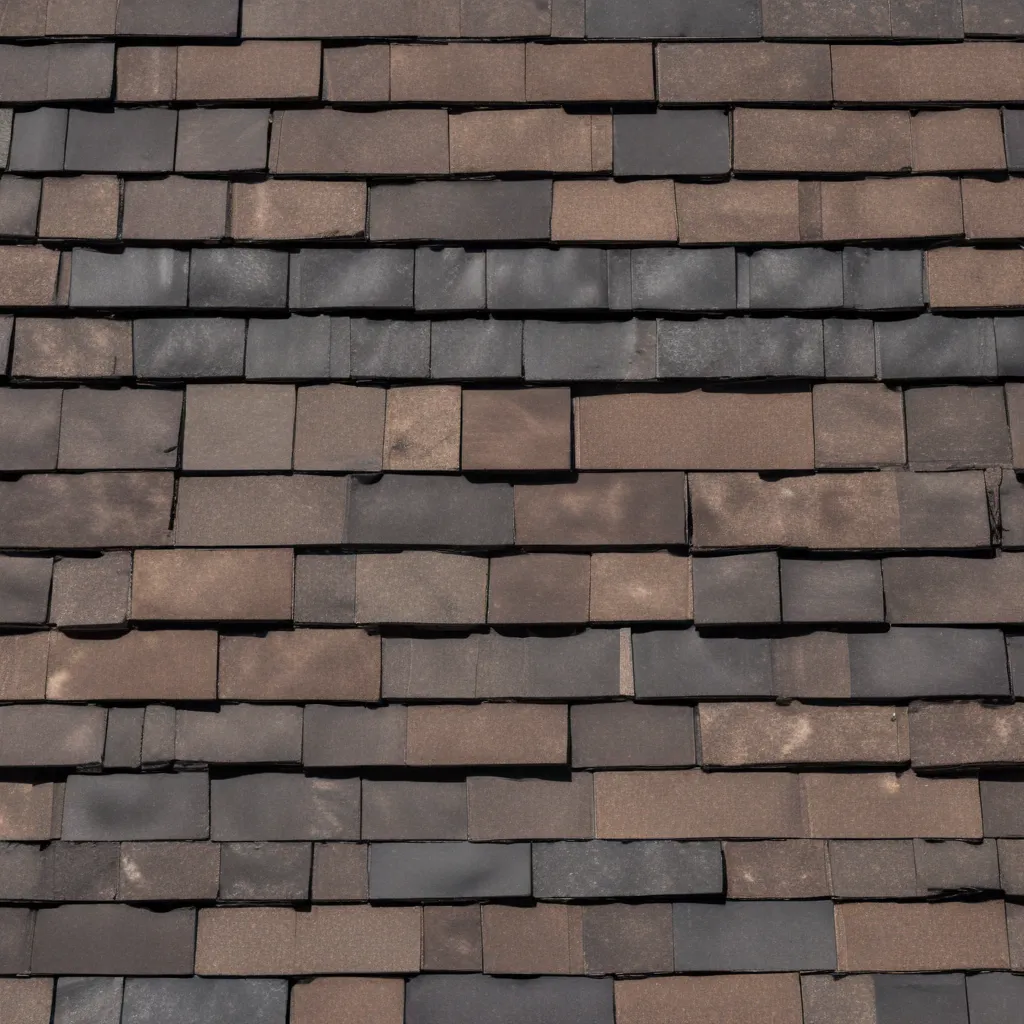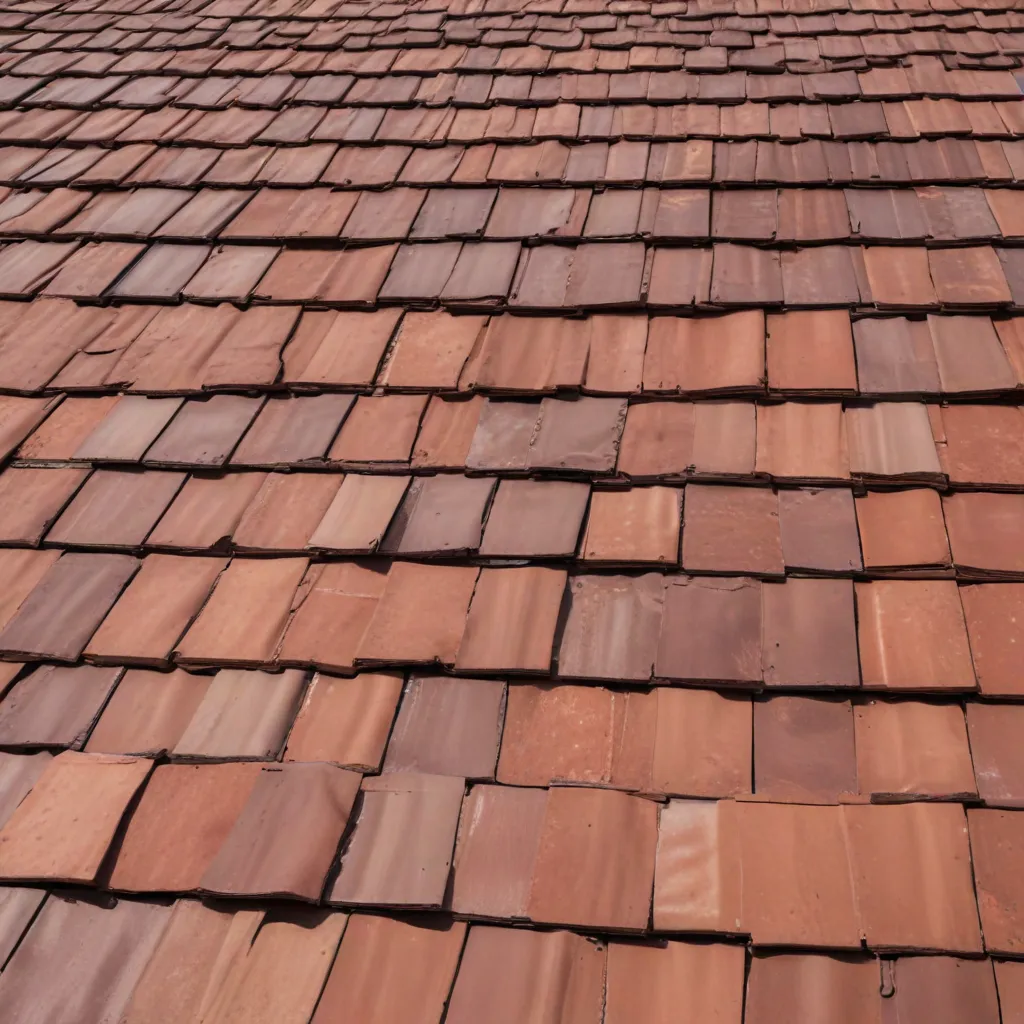Roofing issues can strike at any time, and when they do, they can quickly turn into a homeowner’s worst nightmare. Whether it’s a sudden leak, storm damage, or a collapsed roof, emergency repairs are often required to protect your home and belongings from further damage. In this comprehensive guide, we will provide you with expert advice on how to handle roofing emergencies like a pro. From identifying the problem to finding the right contractors and navigating insurance claims, we’ve got you covered.
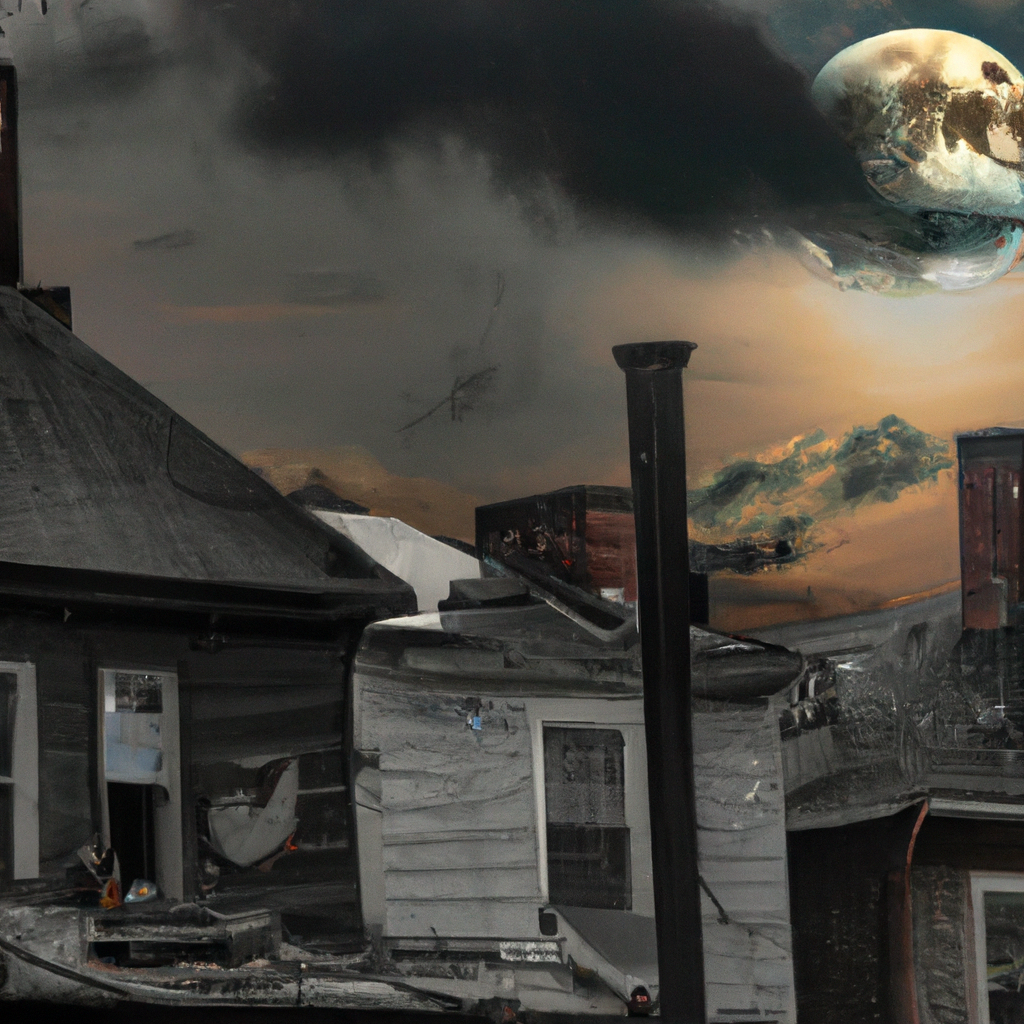
Understanding Common Roofing Emergencies
Before we delve into the nitty-gritty of emergency repairs, it’s essential to understand the common types of roofing emergencies you may encounter. By being aware of these issues, you can better prepare yourself and take necessary precautions to minimize potential risks.
1. Leaks and Water Damage
Roof leaks are one of the most common and frustrating roofing emergencies. They can occur due to various reasons, such as damaged shingles, flashing issues, or clogged gutters. Water damage resulting from leaks can cause structural issues, mold growth, and damage to your personal belongings.
2. Storm Damage
Severe weather events like hailstorms, heavy rain, or strong winds can cause significant damage to your roof. From missing or damaged shingles to punctures and even structural collapse, storm damage requires immediate attention to prevent further destruction.
3. Fallen Trees and Debris
Trees, branches, or other debris falling onto your roof can cause extensive damage. They can puncture the roof, break shingles, or even lead to a partial or complete roof collapse. In such situations, it’s crucial to assess the damage and take appropriate action promptly.
4. Fire and Smoke Damage
In the unfortunate event of a fire, your roof may sustain severe damage from flames, smoke, or water used to extinguish the fire. Emergency repairs are necessary to restore the structural integrity of your roof and prevent further harm.
Immediate Steps to Take in a Roofing Emergency
When faced with a roofing emergency, time is of the essence. Following these immediate steps can help mitigate the damage and ensure the safety of your home and loved ones.
1. Ensure Safety First
Before assessing the damage or attempting any repairs, prioritize your safety and that of others. If there is a risk of structural collapse or electrical hazards, evacuate the area and call emergency services if necessary.
2. Assess the Damage
Once you’ve ensured everyone’s safety, visually inspect the extent of the damage, if possible. Look for signs of leaks, missing or damaged shingles, fallen debris, or any other visible issues. Take photos or videos to document the damage, as this will be useful for insurance claims.
3. Temporarily Mitigate the Damage
If you can safely access the damaged area, take immediate action to prevent further water intrusion or additional damage. Cover any exposed areas with tarps or plastic sheets to protect against rain and debris. However, exercise caution and avoid climbing onto the roof unless you have the necessary expertise.
4. Contact a Professional Roofer
While temporary measures can help mitigate the damage, it’s crucial to contact a professional roofer as soon as possible. Look for reputable roofing contractors with emergency repair services in your area. Ask for references, check online reviews, and ensure they have proper licensing and insurance coverage.
5. Communicate with Your Insurance Company
Notify your insurance company about the emergency and initiate the claims process. Provide them with all the necessary documentation, including photos, videos, and any repair estimates you receive from roofing contractors. Be proactive in following up with your insurer to expedite the claims process.
Finding the Right Roofing Contractor for Emergency Repairs
Choosing the right roofing contractor is paramount to ensure quality repairs and a smooth experience during a roofing emergency. Here are some factors to consider when selecting a contractor:
1. Experience and Expertise
Look for contractors with extensive experience in handling emergency repairs. They should be well-versed in various roofing systems and have the necessary skills to assess and address the specific issues you’re facing.
2. Local Reputation
Check for local references and testimonials to gauge the reputation of the contractor in your community. A contractor with a solid reputation is more likely to provide reliable and satisfactory services.
3. Licensing and Insurance
Ensure that the contractor holds the required licenses and permits to operate in your area. Additionally, verify their insurance coverage, including liability insurance and workers’ compensation, to protect yourself from any potential liability.
4. Written Estimates and Contracts
Obtain written estimates from multiple contractors, detailing the scope of work, materials to be used, and associated costs. Review these estimates carefully, and once you’ve made a decision, ensure that all agreed-upon terms are documented in a written contract.
Navigating Insurance Claims for Roofing Emergencies
Filing an insurance claim for roofing emergencies can be a complex process. However, with the right approach, you can increase your chances of a successful claim. Here are some tips to help you navigate the insurance claims process:
1. Prompt Reporting
Report the emergency to your insurance company as soon as possible. Most policies require immediate reporting of emergencies, and failing to do so may result in claim denial.
2. Document Everything
Maintain a detailed record of all communication with your insurance company, including the dates, names of representatives spoken to, and summaries of the conversations. Keep copies of all documentation, including emails, letters, and claim forms.
3. Cooperate with the Claims Adjuster
Once a claims adjuster is assigned to your case, cooperate fully and provide them with all requested documentation and information. Allow them to inspect the damage and answer any questions they may have.
4. Seek Professional Assistance
If you encounter difficulties with your insurance claim or feel that you’re not receiving fair compensation, consider consulting with a public adjuster or an attorney specializing in insurance claims. They can provide guidance and advocate for your rights throughout the process.
Conclusion
Roofing emergencies can be stressful and overwhelming, but with proper knowledge and preparedness, you can handle them like a pro. By understanding common roofing issues, taking immediate action, finding the right contractor, and navigating insurance claims efficiently, you can minimize the impact of emergency repairs on your home and regain peace of mind. Remember, in times of crisis, safety should always be your top priority, and seeking professional assistance is crucial for long-term solutions.


